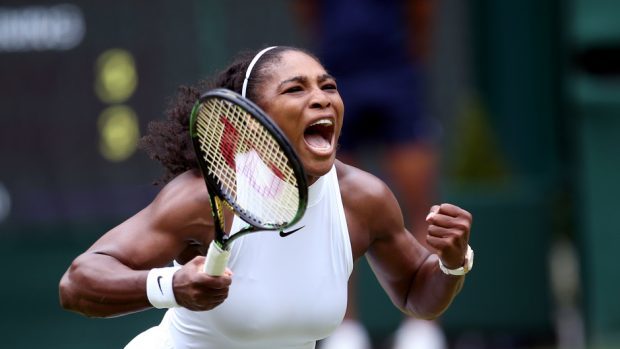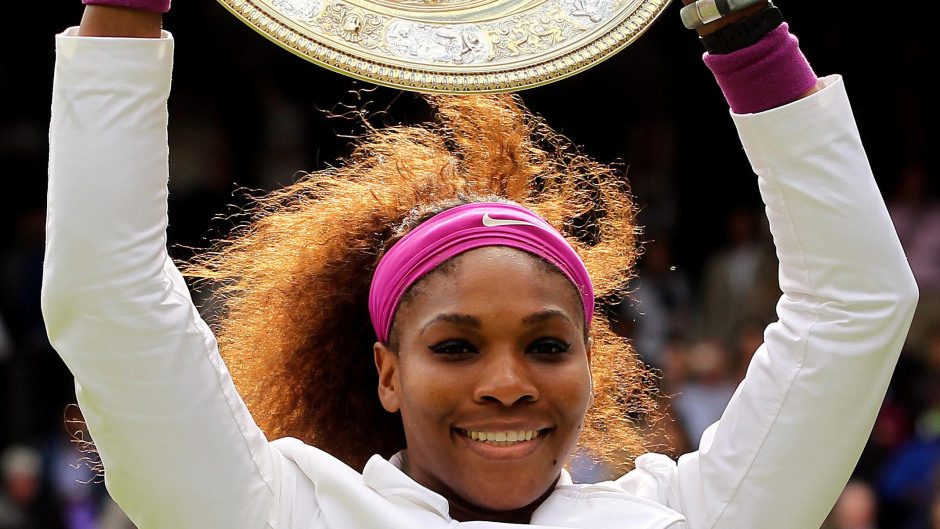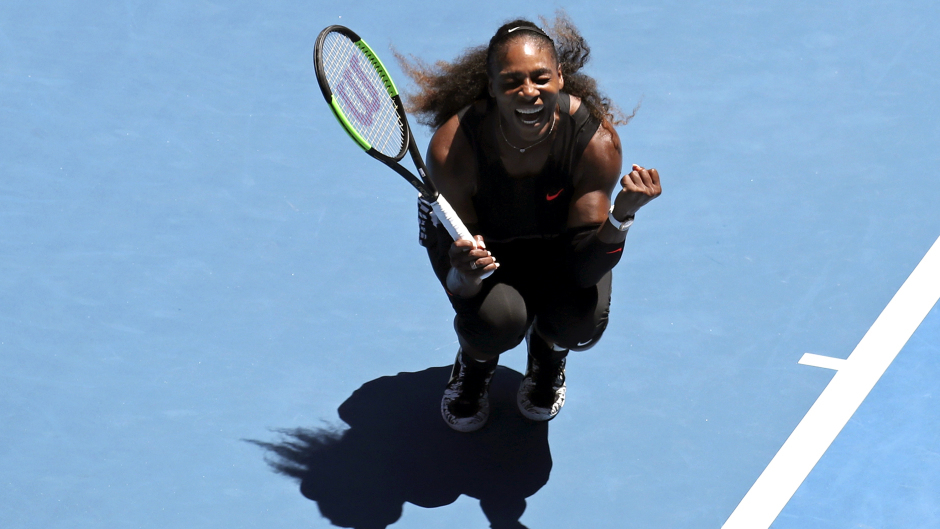It’s one of the images which showed the mutual respect which truly great champions have for one another.
And it happened when Serena Williams finally got the better of Estonian second seed Anett Kontaveit 7-6 2-6 6-2 inside a packed Flushing Meadows during the US Open.
Even as the fiercely partisan crowd rose in unison to acclaim the 40-year-old American, the camera switched to Tiger Woods on the sidelines – and he was cheering, fist pumping, exultant in the moment of triumph and generally behaving as if he had just chipped in from a bunker to add another Major to his already formidable CV.
Afterwards, they both reflected on their achievements which made it clear we are talking here about a pair of iconic figures who will be virtually impossible to replace in the sports which they have dominated for the best part of the last two decades.
Woods spoke of how much he had appreciated being in the presence of Williams and marvelled at how she was still pushing herself to the limit, despite having absolutely nothing to prove.
Retirement? More like last curtain call
She responded: “He is one of the reasons I’m here, one of the main reasons I am still playing. We talked a lot. He was really trying to get me motivated. There are a few people, but we were like: ‘OK, we can do this together, you know?'”
Perhaps inevitably, it couldn’t last as Williams eventually bowed out in the third round, yet once again, she was powerfully, proudly, raging against the dying of the light during her marathon encounter with Australia’s Ajla Tomljanovic, which featured a nerve-shredding tie-break which had the congregation at the Arthur Ashe Stadium quivering with excitement.
And, even once the match had finished, her departure into retirement was akin to the last curtain call for one of the old Hollywood screen legends.
It’s daft, of course, to argue that her turbulent, accolade-strewn career is the stuff of Tinseltown, because the film has already been made.
But, while King Richard told a significant part of the story behind the rise of the Williams sisters, spurred on by the indefatigable encouragement of their father, there’s still plenty of material for another cinematic offering to remind us of just how many travails Serena has transcended since she arrived on the global stage towards the climax of the 20th century.
Serena Williams: Wonder Woman on court
I still recall going down to Wimbledon in 2000 and being exposed to the sorority in all its glory. Venus claimed her first singles title with a straight-sets success over Lindsay Davenport in the final, but all the attention had been on the semi-final showdown between the sisters which was the first time they had locked horns on grass.
Serena, who was just 18, was the favourite, but it was Venus, 20, who dominated the proceedings and won 6-2 7-6 – and that outcome and subsequent masterful demolition of the defending champion prompted me to write a hasty assessment of which of the Williams duo would carry off more prizes as their rivalry intensified.
In common with many other people, I thought that Venus, the taller, quicker and more athletic of the pair, would prove the superior all-round competitor.
With hindsight, I suppose that if I had been a pop music talent scout in 1963, I’d have dismissed The Beatles as being nothing more than one or two-hit wonders.
But seriously, none of us could have foreseen the fashion in which Serena would grab tennis by the scruff of the neck with the sheer force of her volcanic personality and leave rivals flailing with the brute force of her serves and coruscating ground strokes.
When you’re actually at Wimbledon, you can witness at close range the ferocity of these shots and, when I returned in 2002, Serena had stepped up her all-round game.
The talent and temperament had never been in doubt, but this was something else and it wasn’t surprising that opponents were pummelled into submission. Here was Wonder Woman on court and reducing wannabe adversaries to chasing shadows.
Tennis will be infinitely poorer without Serena Williams
One such player, Chanda Rubin, later recalled: “She hit a shot and it was the hardest forehand I had seen go by me. I didn’t even have a chance to react and move to it, and I had played Steffi Graf, Monica Seles, Lindsay Davenport and Jennifer Capriati.
“This was pure power. And it went from zero to 60. That visual never left me.”
Rubin, no slouch herself and a top 10 player at her peak, wasn’t the only person to be astonished at the myriad weapons in the Williams armoury.
None of it happened by accident, nor without spells where Serena had to endure personal tragedy – such as the death of her sister Yetunde in a drive-by shooting in Compton in 2003 – but whether dealing with injury, illness, the pain of childbirth or the ache of lost love, she persevered in a manner which nobody else has done in the history of women’s tennis.
It hasn’t always been pretty. A few officials have felt the sting of the diva’s tongue in the heat of the battle.
Yet, neither the statistics of 23 Grand Slam singles titles, nor the revolution she spearheaded in her domain can be diminished on the ledger sheet. Serena has changed things forever and the sport will be infinitely poorer without her.
No wonder Tiger was in her corner last week!





Conversation